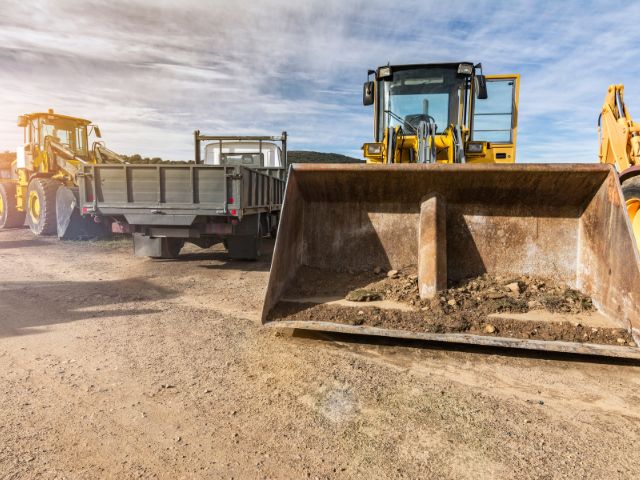
Various types of lifting equipment, such as cranes and hoists, are crucial to the construction, manufacturing, and warehousing industries. However, the use of lifting equipment comes with certain risks and responsibilities. Here, we’ll discuss essential safety precautions to follow when using lifting equipment, ensuring a secure and efficient working environment.
The biggest consideration in operating lifting gear is ensuring every worker has the training and certificates necessary to work the equipment. Many jurisdictions require training for workers handling heavy-lifting machines. Consider supplying on-the-job training and conducting periodic skill assessments to enhance ability and reduce the risk of accidents.
Doing regular inspections and maintenance will ensure your lifting equipment is safe to use. So stick to the manufacturer’s guidelines when tasking personnel with routine equipment maintenance and testing.
Never exceed the lifting capacity of your equipment. Refer to the manufacturer’s documentation for details on the load limits to prevent potential imbalances. The load limit is especially important when looking into what to consider when choosing rigging supplies, as each piece could become damaged from overloading or tilting if you’re not careful. Avoid accidents by being mindful of weight distribution.
Effective communication within the work team is vital in lifting operations. Ensure your team understands how to perform their responsibilities and communicate using hand signals, two-way radios, or other methods. Implementing a signal person or spotter is especially helpful in coordinating the equipment movements and averting potential mishaps.
Implementing PPE gear into a worker’s required uniform protects everyone from potential hazards. Common PPE items in lifting operations include helmets, safety boots, gloves, and high-visibility clothing. Make sure your workers have the right gear each time they use lifting equipment.
Creating a safe work zone is critical for protecting workers and bystanders during lifting operations. Separate the working area with barriers or high-visibility tape and install proper signage to keep unauthorized personnel from the lifting equipment operational zone. Additionally, place warning tags or labels on the equipment to remind workers of potential hazards.
Knowing these essential safety precautions when using lifting equipment is important. Following these best practices can significantly decrease the likelihood of accidents, minimize downtime, and keep the working environment safe.
24World Media does not take any responsibility of the information you see on this page. The content this page contains is from independent third-party content provider. If you have any concerns regarding the content, please free to write us here: contact@24worldmedia.com
Latest Posts

Exploring the Biggest Names in Heavy Equipment Suppliers

How To Keep Your Night-Shift Employees Safe

Wedding Budget: How To Create and Stick to One

St. Mary’s Hooks chooses his next chapter

Athlete of the Week – Oluchi Okananwa

English’s Ly, McHale receive scholar-athlete honors

Letters to the editor: Seriously?

Editorial: Greenport is bellwether for regional issues

Blotter: 100 mph motorcycle ride, unlawful fleeing the police

Today’s page 1 3-23-2024 – Itemlive

Suspect in Lynn Pizza Hut shooting arrested in Florida

Jim Tobin receives NEPGA Youth Player Development Award